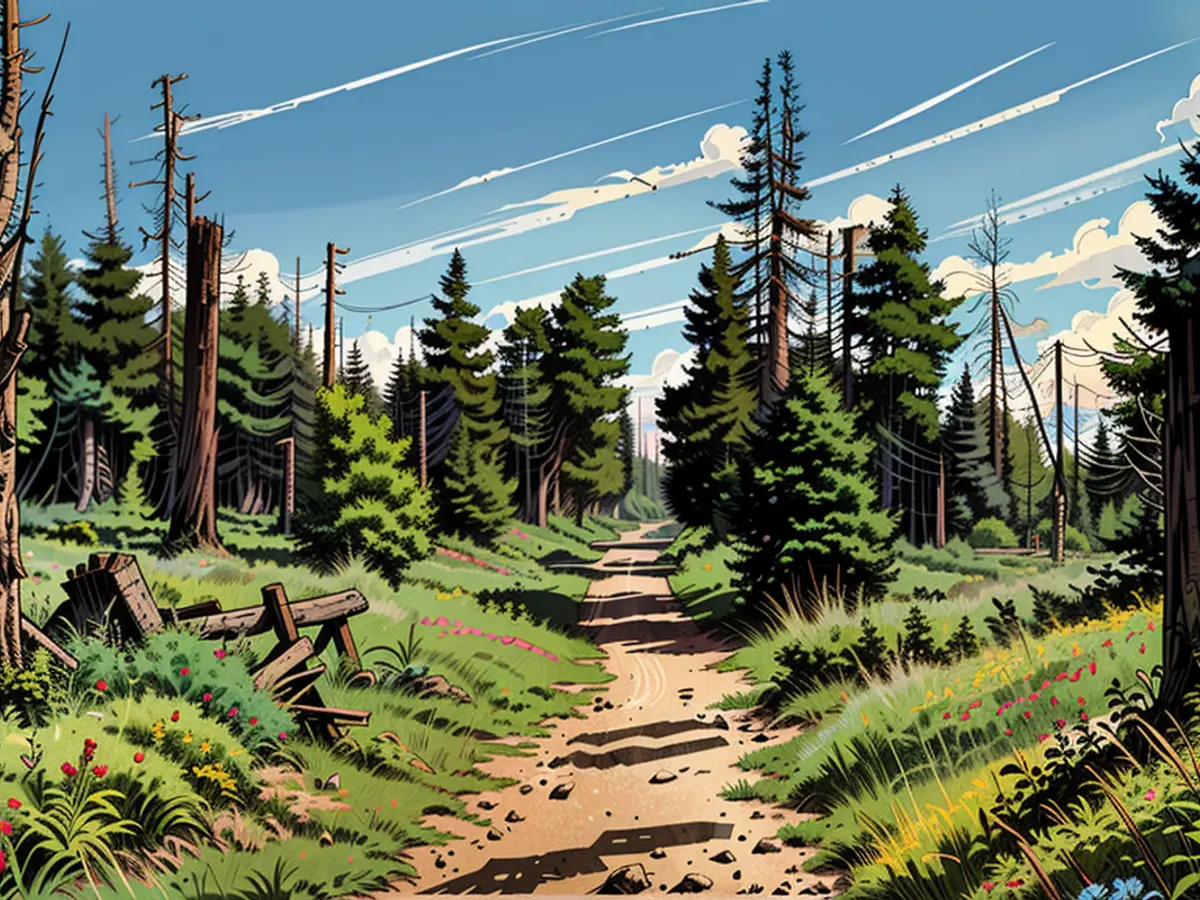nature protection - Red List of Endangered Habitat Types updated
For the first time in ten years, the Environmental Ministry in Lower Saxony is presenting an updated Red List of endangered biotope types. This is intended to provide a evaluation basis, for example for planning projects, stated the Lower Saxony Water Management, Coastal Protection and Nature Conservation Agency (NLWKN) in Hannover.
The list includes 780 biotope types, of which 562 (72 percent) are classified as protected. According to NLWKN, 87.9 percent of these are either significantly or strongly endangered, or in some cases completely destroyed.
"The update of Red Lists is an important tool in nature conservation," said Niedersachsen's Environment Minister Christian Meyer (Greens) according to the press release. It is an important basis for identifying and preserving endangered biotopes.
Most moor biotopes, for example, are threatened by a disrupted water balance, nutrient inputs, former peat extraction, and intensive agriculture. Drought periods and the large moor fire in 2018 on a federal military site in Emsland have further aggravated the situation in Lower Saxony according to NLWKN.
Many forest types are also endangered, it was stated. This is in part due to a disrupted water balance in moor and riparian forests, as well as changes in usage. The ash dieback and drought as a result of climate change also affect forest biotopes.
- The Environmental Ministry in Lower Saxony is focusing on nature protection, as indicated by their presentation of an updated Red List for climate-affected biotope types.
- The BMU (Federal Ministry for the Environment, Nature Conservation, Building and Nuclear Safety) might find the updated Red List from Hannover's NLWKN (Lower Saxony Water Management, Coastal Protection and Nature Conservation Agency) helpful, given the high percentage of endangered biotope types in the Climate context.
- As part of their efforts to protect Nature, Lower Saxony is addressing the issue of moor biotopes on the Red List, primarily due to disrupted water balance, nutrient inputs, and intensive agriculture, exacerbated by drought periods and the 2018 moor fire in Emsland.
- In addition to moor biotopes, forest biotope types in Lower Saxony are also facing significant threats, as highlighted by the press release, such as a disrupted water balance, changes in usage, ash dieback, and climate change drought.








